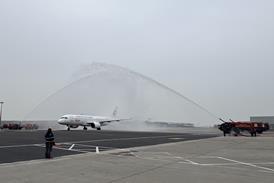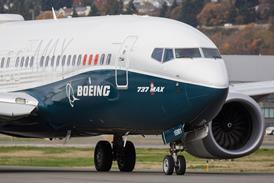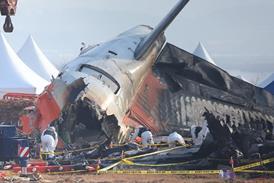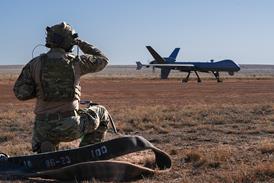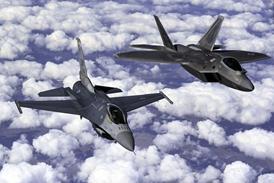ITT (hall 3, D52), the giant company leading the US Federal Aviation Administration's deployment of automatic dependent surveillance - broadcast as a part of the country's NextGen air traffic management strategy, pulled together an impressive array of industry leaders on Monday to debate the FAA's plans and those of Europe's parallel ATM programme, SESAR.
The discussion was chaired by Marion Blakey, who last year was the FAA's administrator and responsible for implementing NextGen, and this year heads the Aviation Industries Association where, she said wryly, her impatience to see the programme advance has increased measurably.
ITT's chairman and chief executive Steve Loranger, welcoming ITT's celebrity panel, spoke of the urgent need to update ATM for the sake of national economies and the environment, and of the essential part that surveillance and traffic self-separation by ADS-B would play in the process.
Daniel Calleja, responsible for overseeing the implementation of the SESAR plan in Europe from his position as head of air transport at the European Commission's transport directorate, also stated the importance of rapid advance, but his promises were put in context by International Air Transport Association representative Peter Griffiths, who referred sceptically to SESAR as "says here".
Griffiths made clear the industry's wish to see implementation, but he betrayed serious doubt that programme deadlines, including on ADS-B installation, would be met, especially given the recent reduction in ATM revenues.
Meanwhile the FAA's acting administrator for international aviation, Dorothy Reimold, also spoke of NextGen's importance, but admitted the problems included securing funding, and coping with the USA's massive general aviation population, which would have to be suitably equipped if ADS-B were to work. To assure funding, said Reimold, the industry has to do a good job of selling the project's benefits.
- All the latest news, images and video from the Paris Air Show
Source: Flight Daily News

